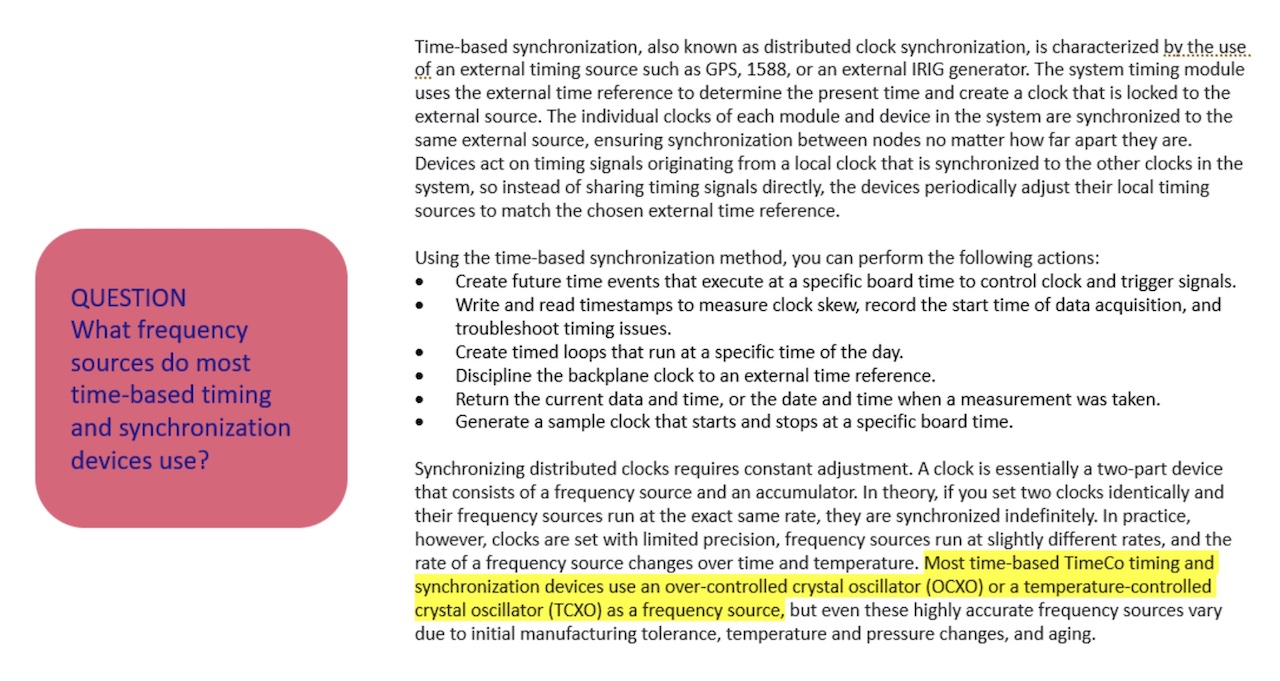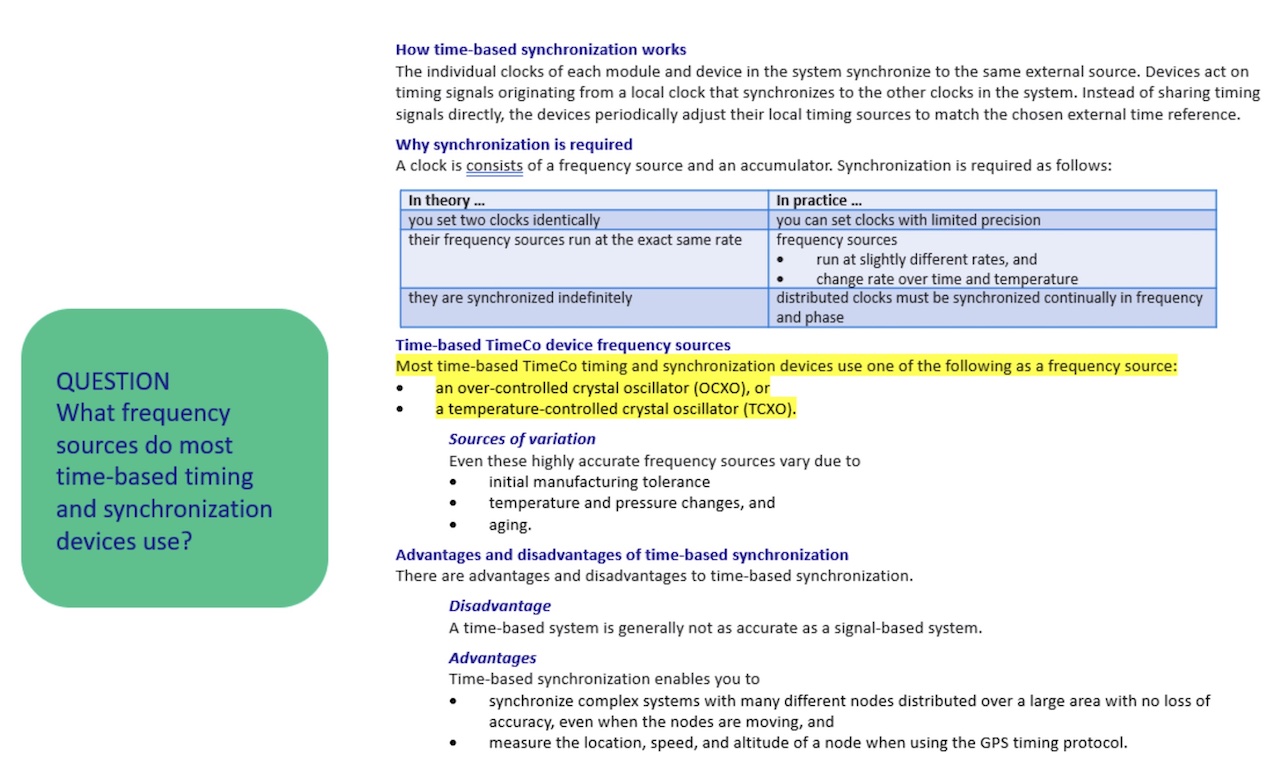Top 3 Simple Technical Writing Tips for Microcontent: Chunking, Titling, and Lists
By Peihong Zhu, Associate Information Architect at Precision Content
 Let’s face it: information is increasingly ubiquitous thanks to new technologies that are advancing exponentially.
Let’s face it: information is increasingly ubiquitous thanks to new technologies that are advancing exponentially.
As a result, your content has to compete for audiences with ever-shortening attention spans, and it also has to remain consistent across all media platforms. As a content creator, you need a strategy to cope with these changes.
From our experiences working with clients, microcontent is an effective answer to this challenge. To leverage the benefits of microcontent, you need to re-examine your writing practices. Precision Content provides training on how to bring your content creators up-to-speed with modern information design strategies proven to make content easier to use for the people that need it and the systems that manage it. The following is simply a taste of what to expect.
Get a grip on microcontent
At Precision Content, we define microcontent as content that is
- about one primary idea, fact, or concept
- easily scannable
- labeled for clear identification and meaning, and
- appropriately written and formatted for use anywhere and any time it is needed.
Microcontent does not necessarily mean “short content”. The test for the appropriateness of the size of a piece of microcontent is if it can provide sufficient details to answer a specific question for the targeted audience. The size of the microcontent must effectively serve its intended purpose with efficiency, stripping off any unnecessary component.
Another common misconception about microcontent is that it is a distinctive content type different from topic-based content. Microcontent is more a writing methodology and content strategy than a distinctive content type. As a writing methodology, microcontent can be applied to a wide variety of content, including topic-based content.
Immediate benefits of microcontent writing practices
Our experiences with client projects have demonstrated that after breaking down their content and reorganizing the pieces into microcontent “chunks”, clients can significantly improve the usability of their content, making it easier for their audience to scan and understand.
Here’s a writing sample before and after using our microcontent writing method:
Before
After
This example shows clearly that even if your immediate concern is not about future-proofing your content, or making your content ready for omnichannel delivery, you will still benefit from microcontent writing practices to improve the user experience for your audiences.
Writing tips for microcontent
Three simple tips for writing microcontent are chunking, titling, and using lists.
1. Using chunks to improve content organization
Chunks are the building blocks of microcontent. A chunk can be items in a list, a row in a table, a paragraph in a topic, or a topic in a map.
When it comes to understanding information, the human brain has a natural tendency to divide and conquer, to reorganize information to fit an existing mental model. The purpose of chunking is to reduce the mental effort required by an audience so the content becomes more digestible and memorable.
When applying chunking in the context of microcontent writing practice, it not only means breaking things down into smaller pieces but more importantly, regrouping your content pieces into chunks and making the items in each chunk share the same focus. Each chunk should be able to function as a standalone unit, even if it is within a topic.
2. Making titles work
A title serves as a guidepost for the audience navigating your content. A title can also serve as a filter for the writer to sift out the irrelevant pieces, making the content in a chunk more cohesive and focused.
The best practices for titling include:
- give a title to every chunk
- make titles clear and meaningful
- make a title consistent with its content
- make a title relevant to other titles in the larger content, and
- avoid using ambiguous characters, such as & or /, in titles.
For structured content, it is also a good practice to standardize the title structures for each information type.
3. Using lists to improve usability
Use lists to group a series of related items. Typically, a reader unconsciously pays more attention to the end of a sentence. Putting a series of items of similar importance in a list will give the audience pause and enable them to distribute their attention to multiple items.
To prevent writers from overcomplicating very simple sentences, we have a “four or more” rule for deciding when to use lists – when there are four or more items; or when any of the items contains four or more words.
The best practices for constructing lists include:
- write stem sentences to provide context for list items
- write list items in a grammatical parallel structure
- use the conjunction “and” or “or” at the end of the penultimate item, and
- apply logic to the sequence of list items, even when writing an unordered list.
Precision Content microcontent writing practice is a tried and true methodology that has been developed over time through our experiences helping our clients solve real word content problems. We are currently offering writer training online. To learn more, visit Precision Content Writer Training.
About the Author
 Peihong Zhu is an Associate Information Architect at Precision Content Authoring Solutions Inc, a technical writer, and a council member of the Toronto Chapter of the Society of Technical Communication.
Peihong Zhu is an Associate Information Architect at Precision Content Authoring Solutions Inc, a technical writer, and a council member of the Toronto Chapter of the Society of Technical Communication.
With previous work experience in life science and bioinformatics, she has intimate knowledge about scientific research, pharmaceutical industry, and software industry. Peihong has years of experience in researching, organizing, and analyzing information, as well as formal training in DITA, user experience research, and technical writing. Peihong is passionate about adopting innovative information architecture approaches to solve content problems.
Tweet


